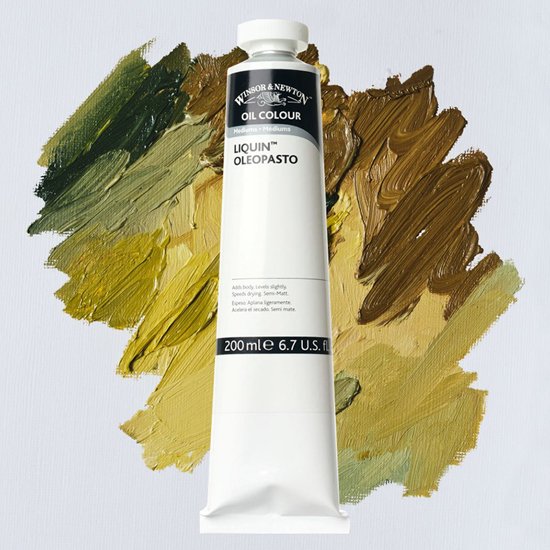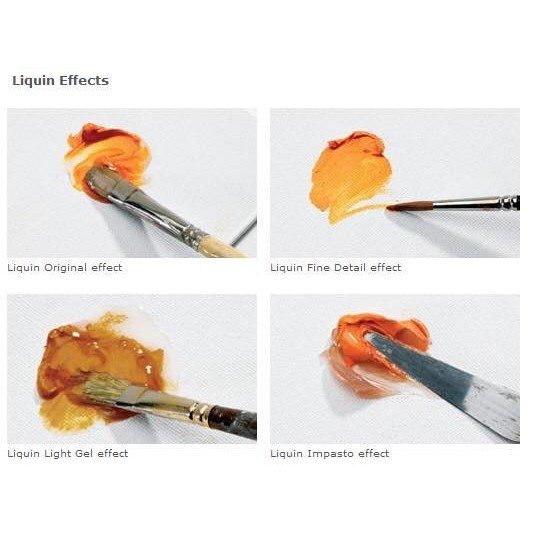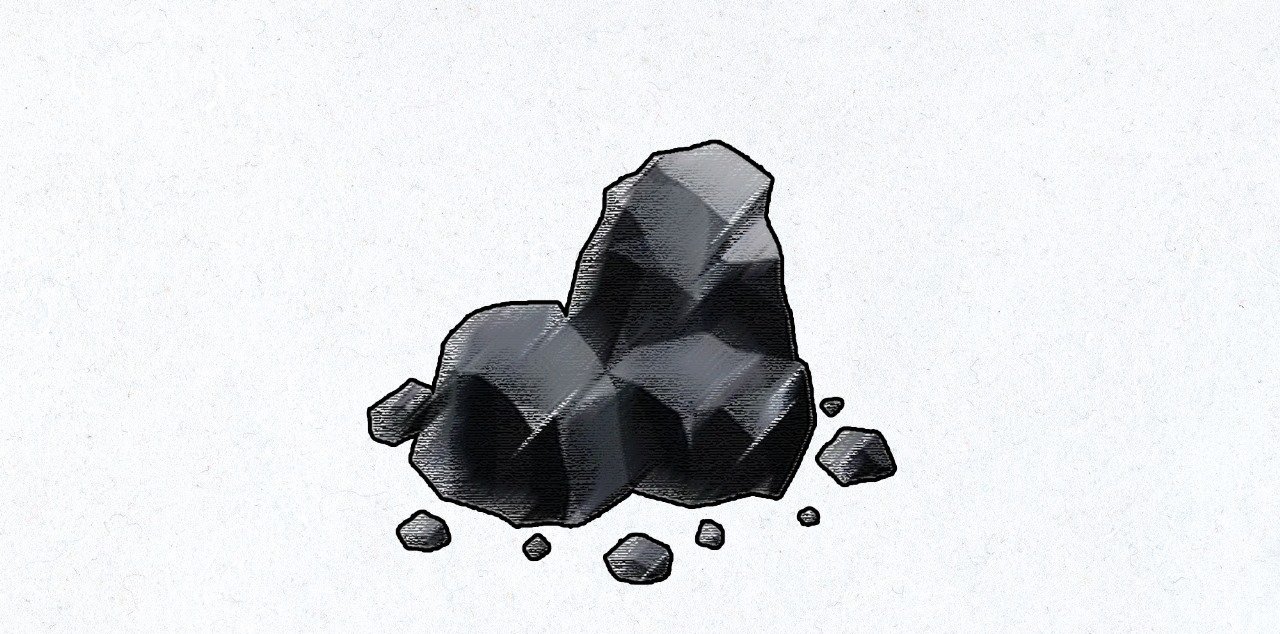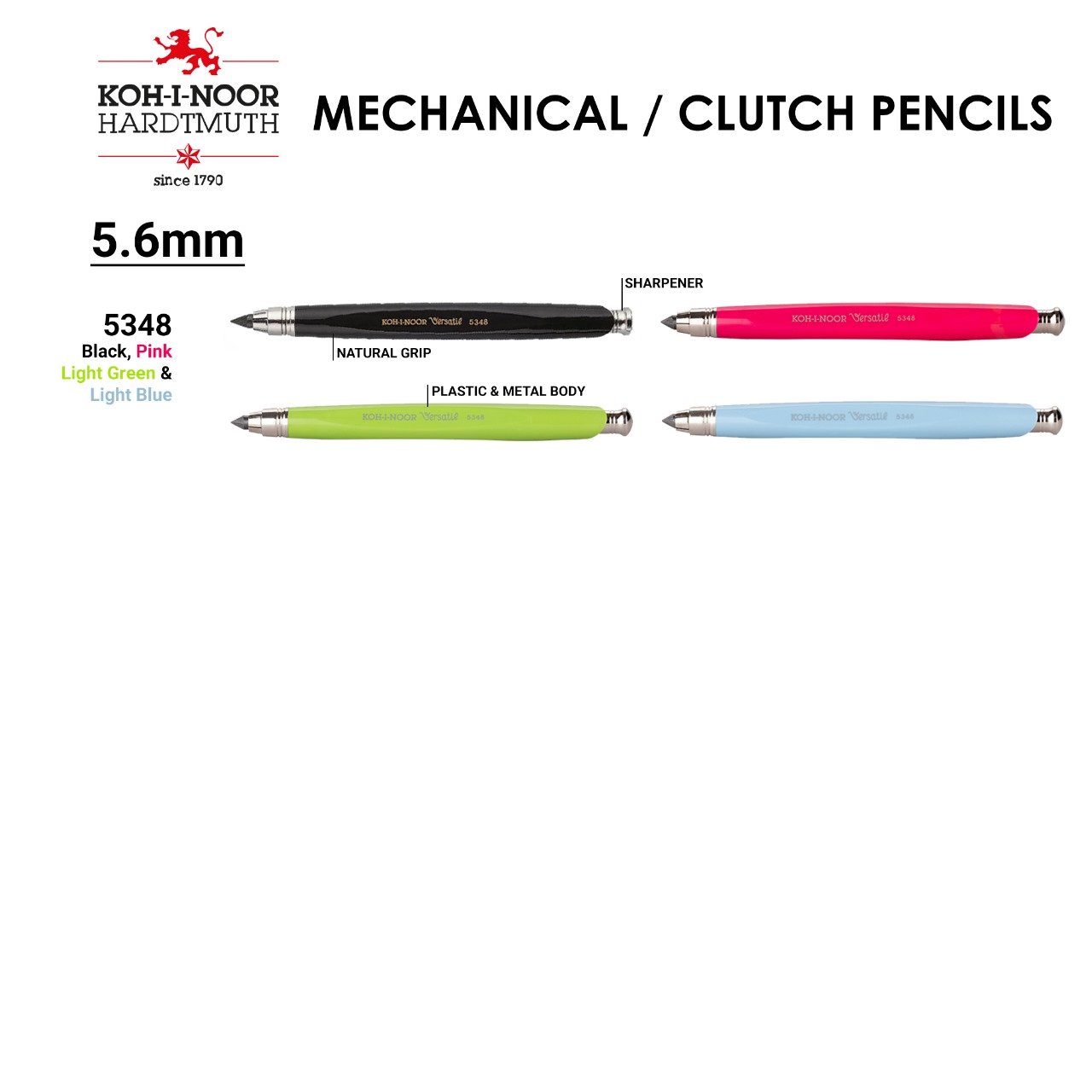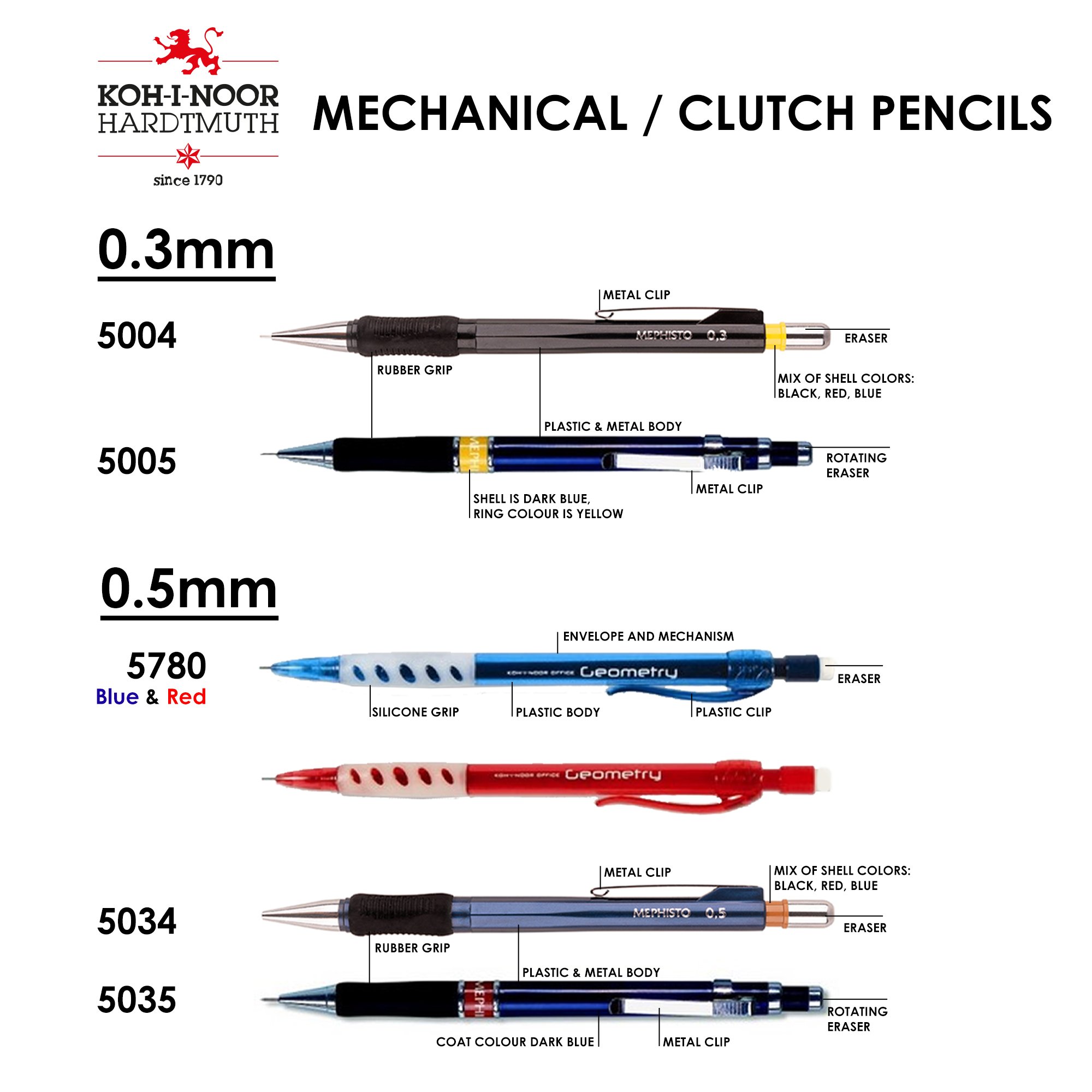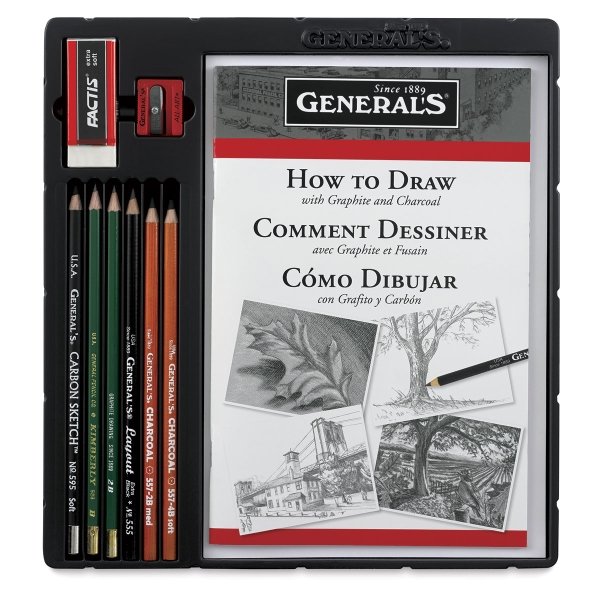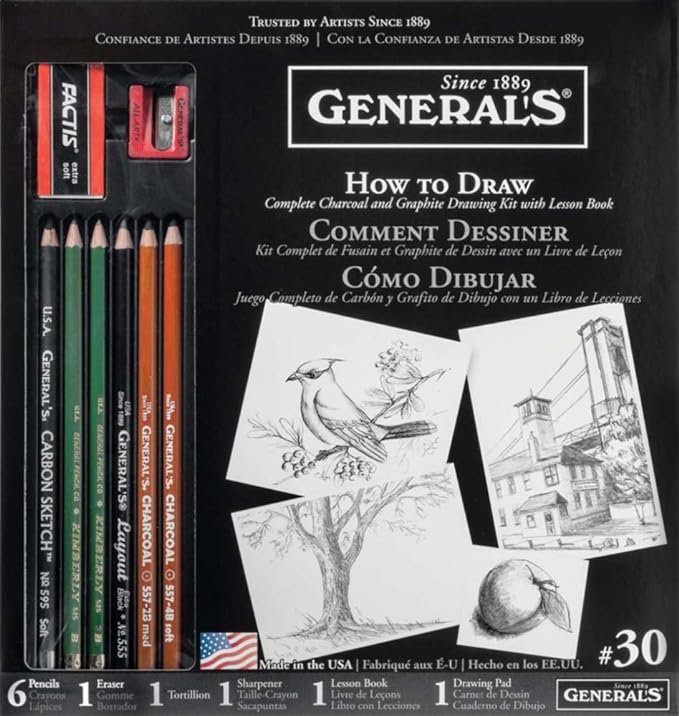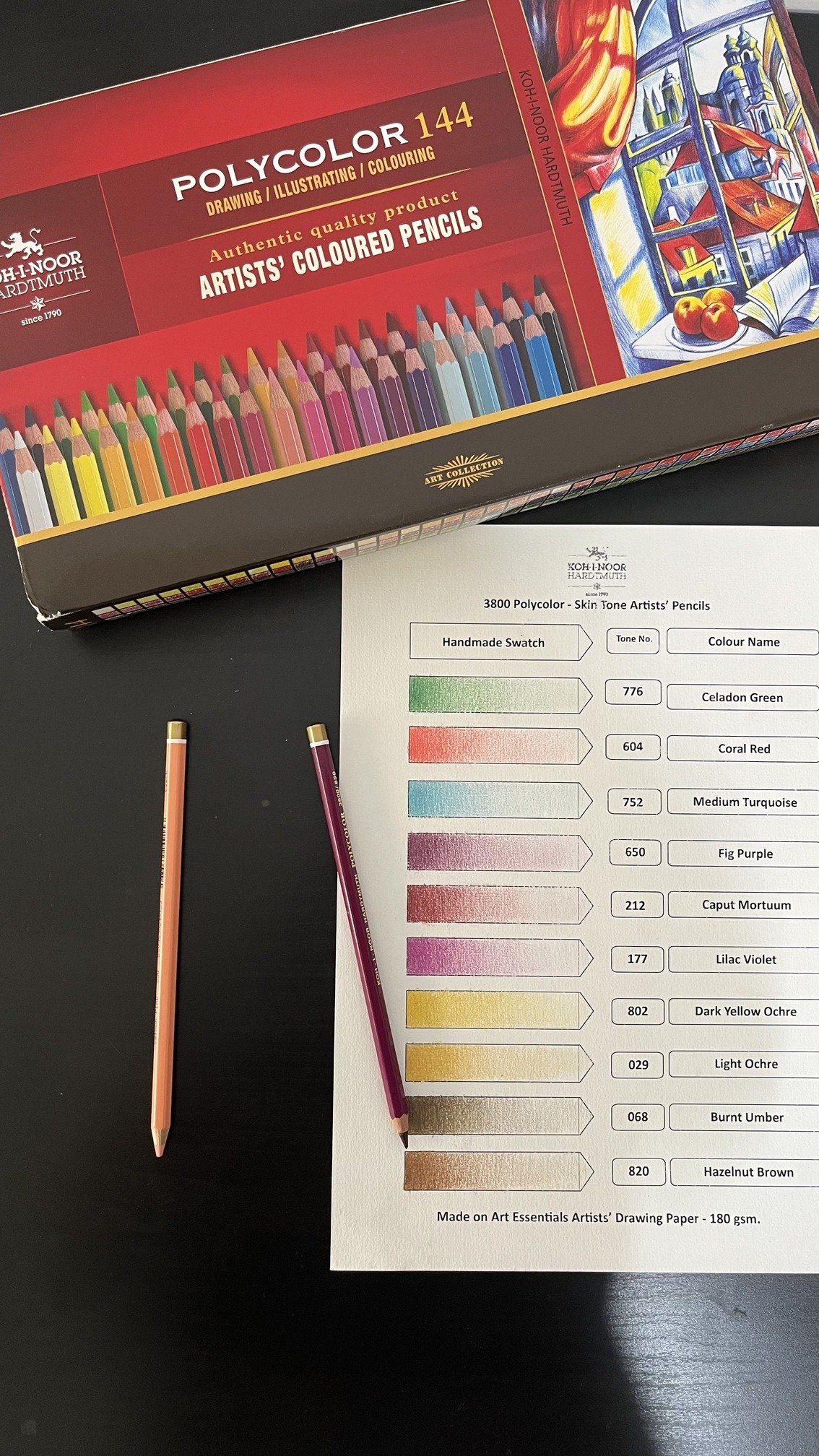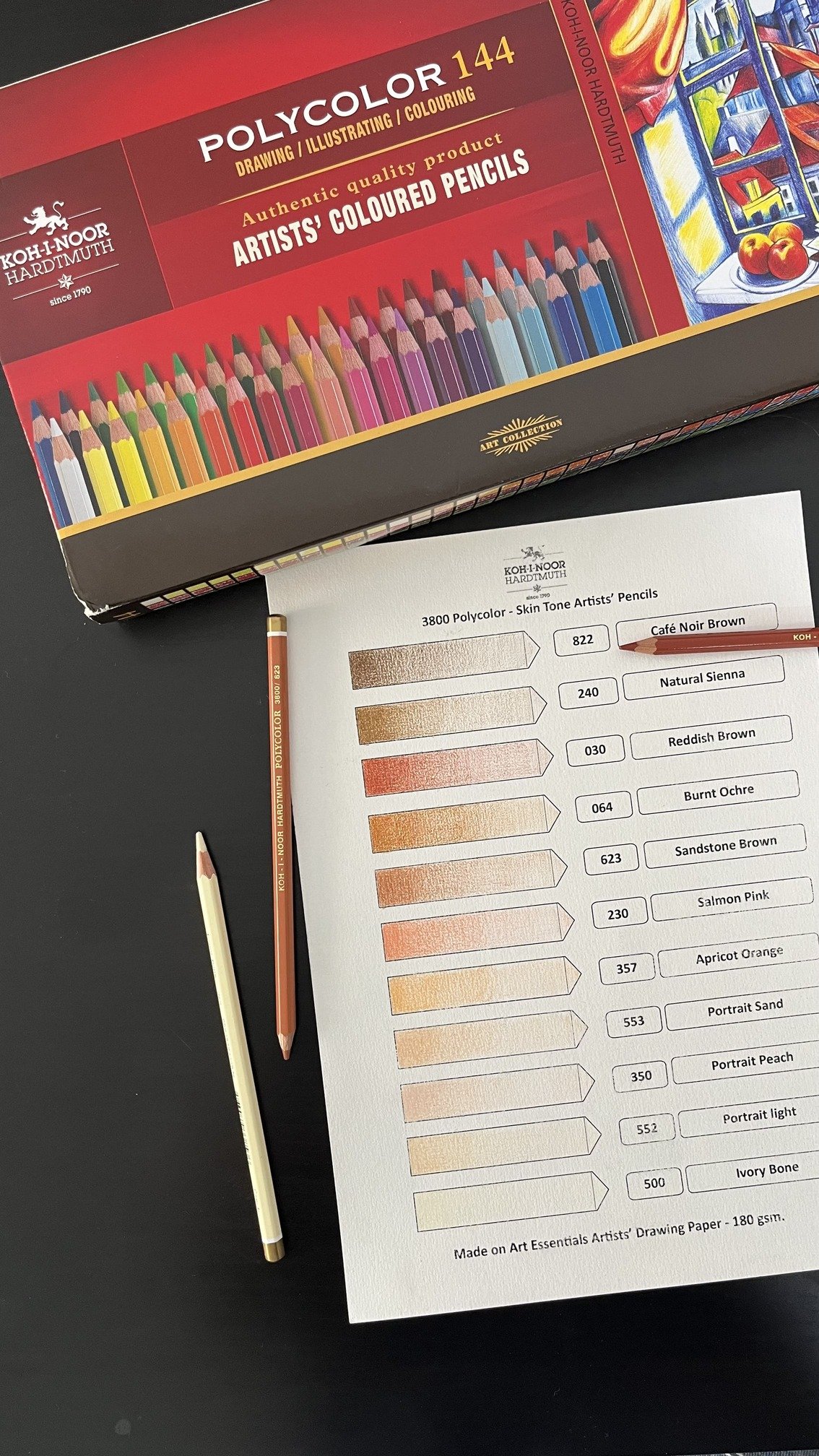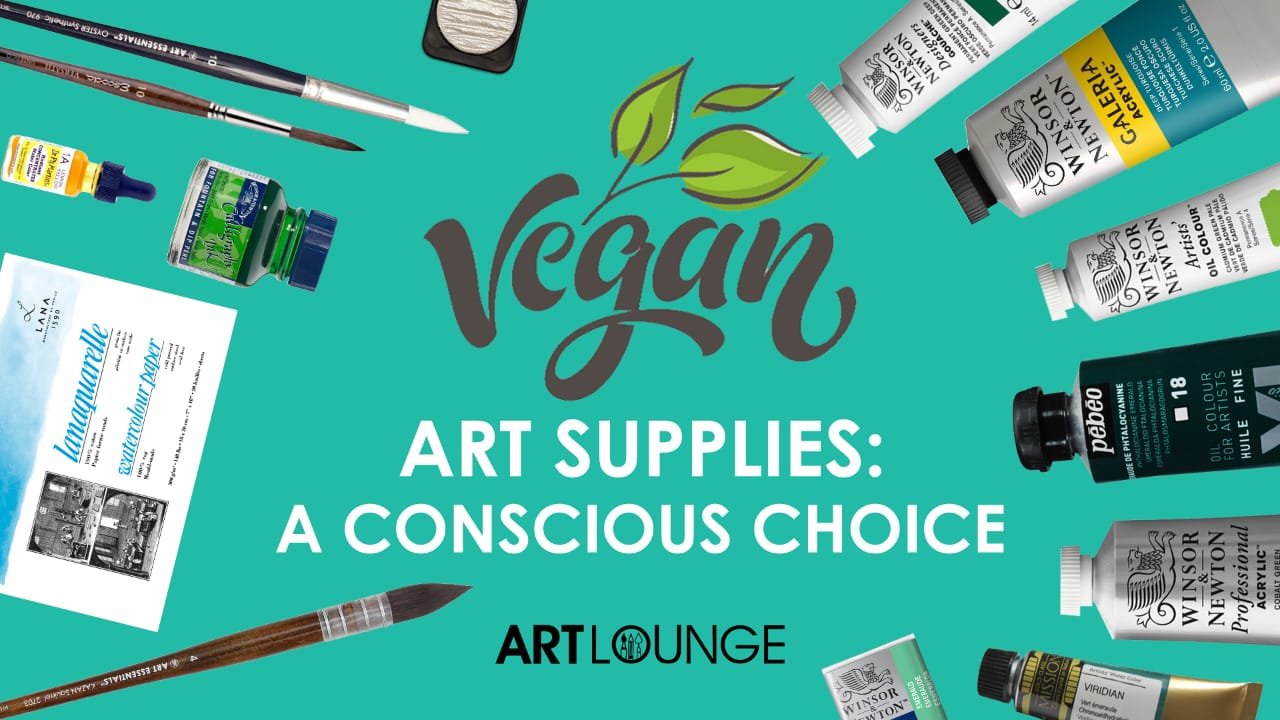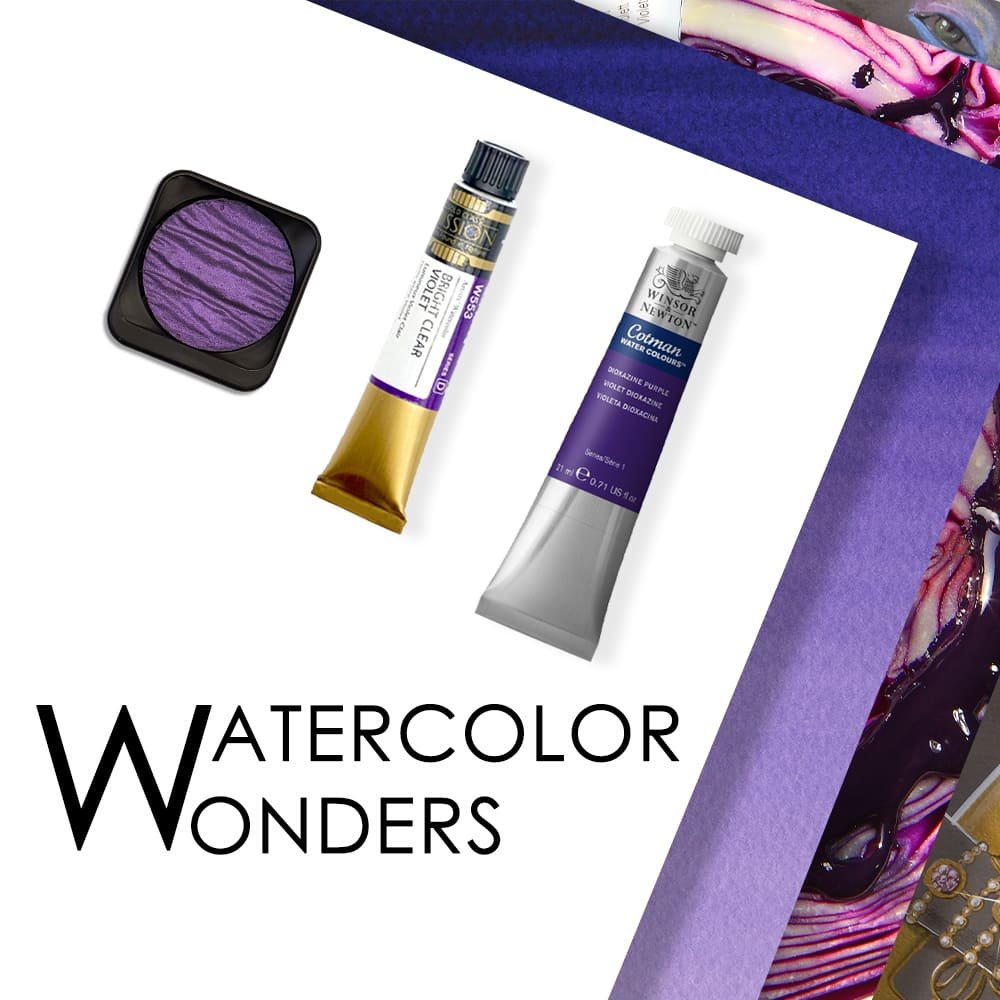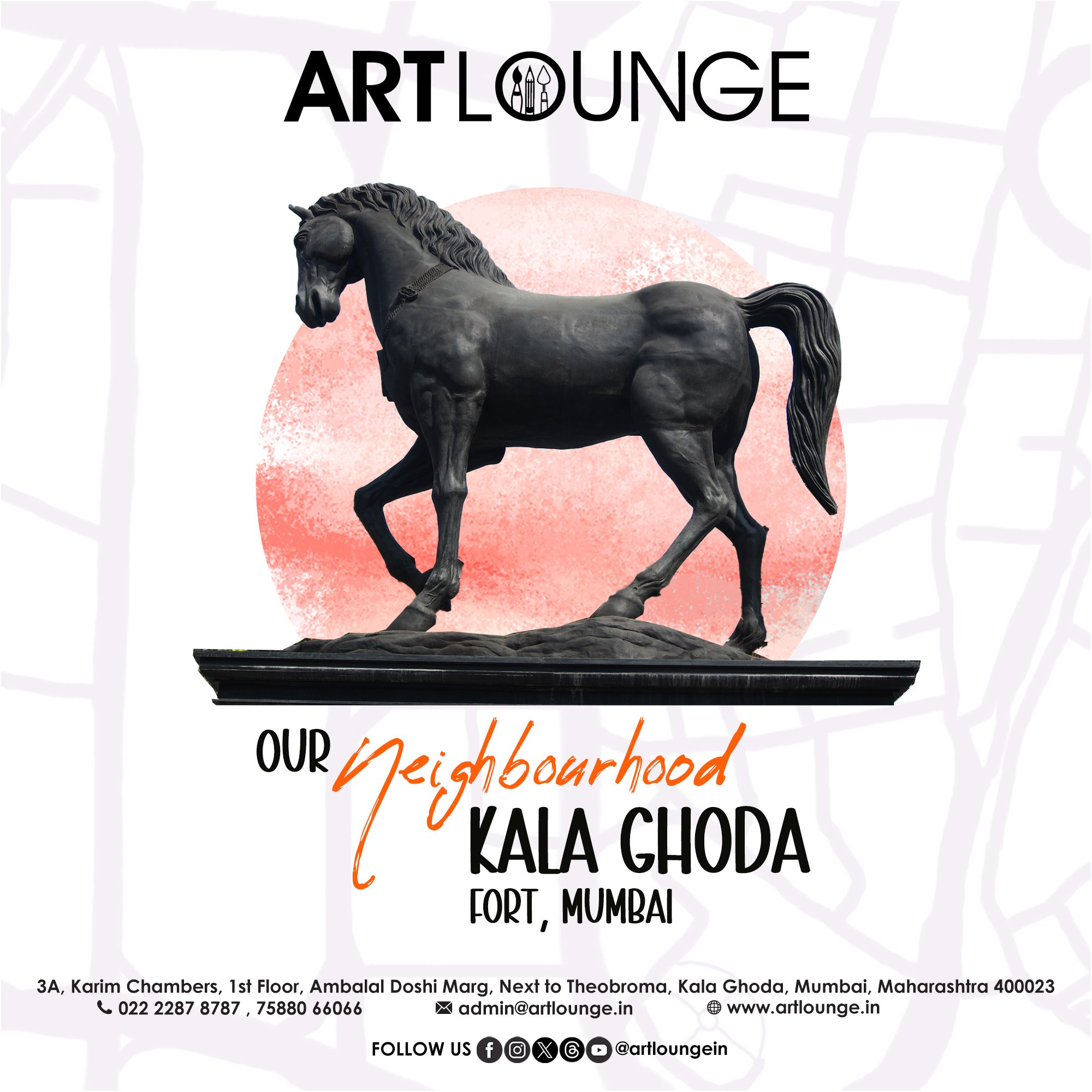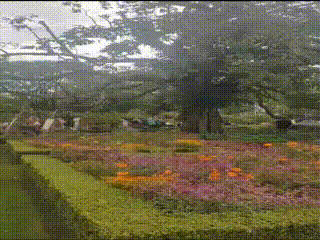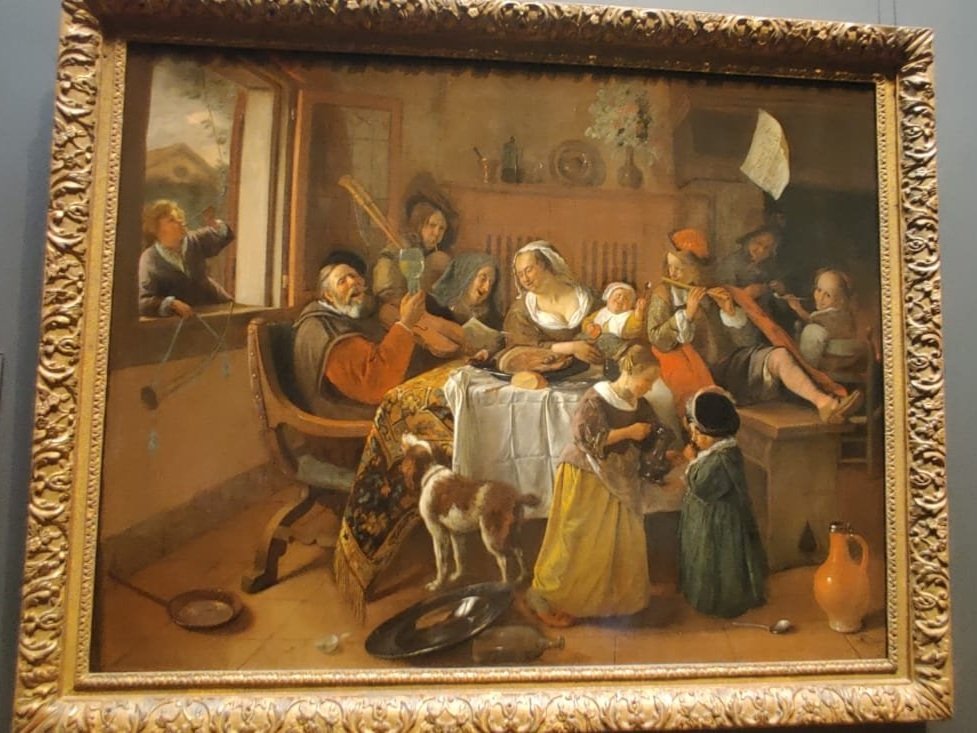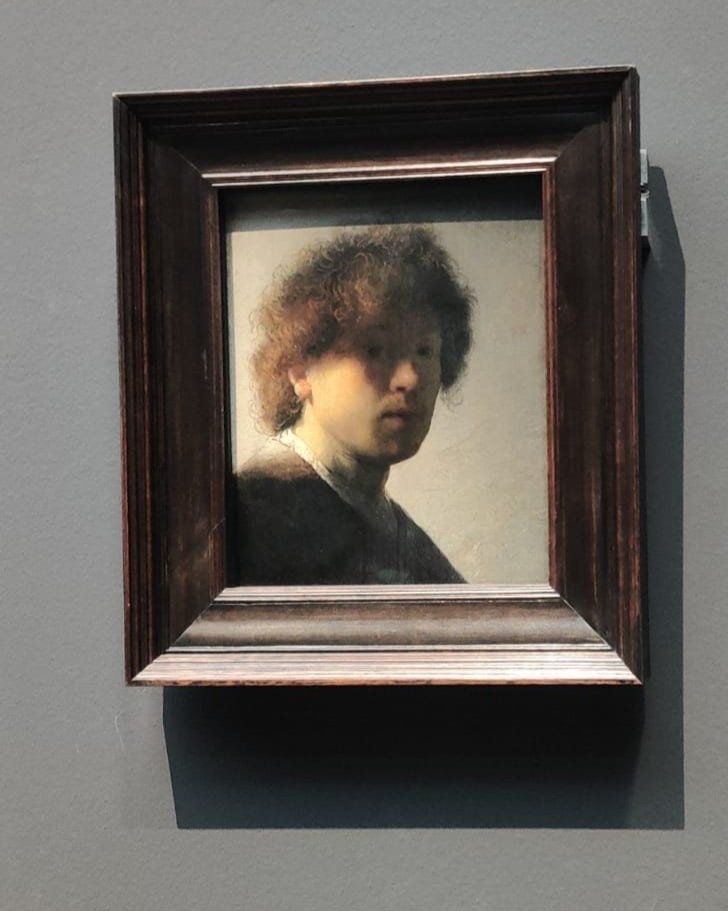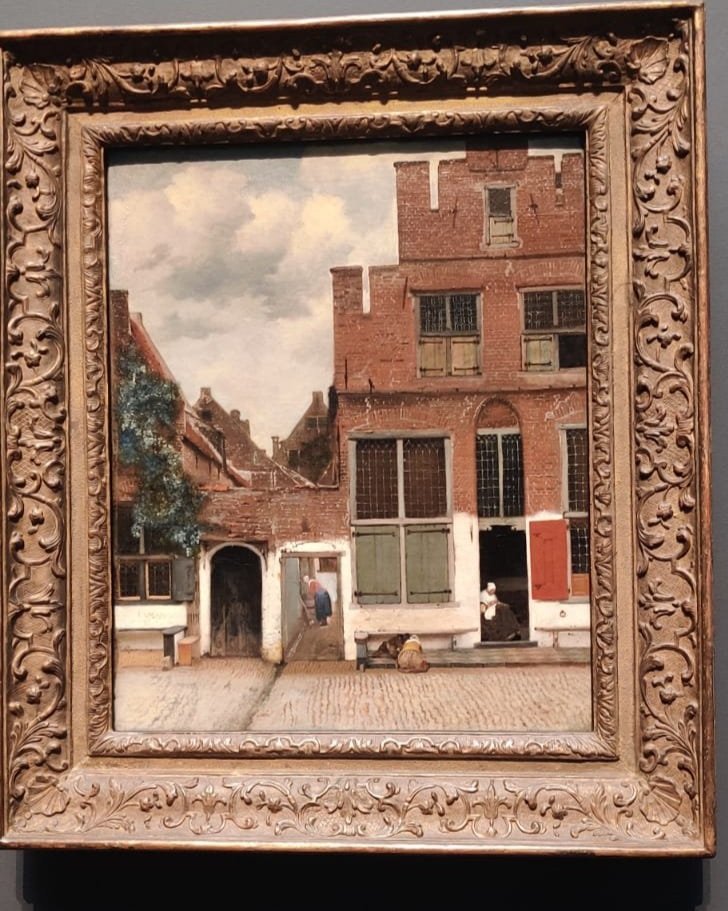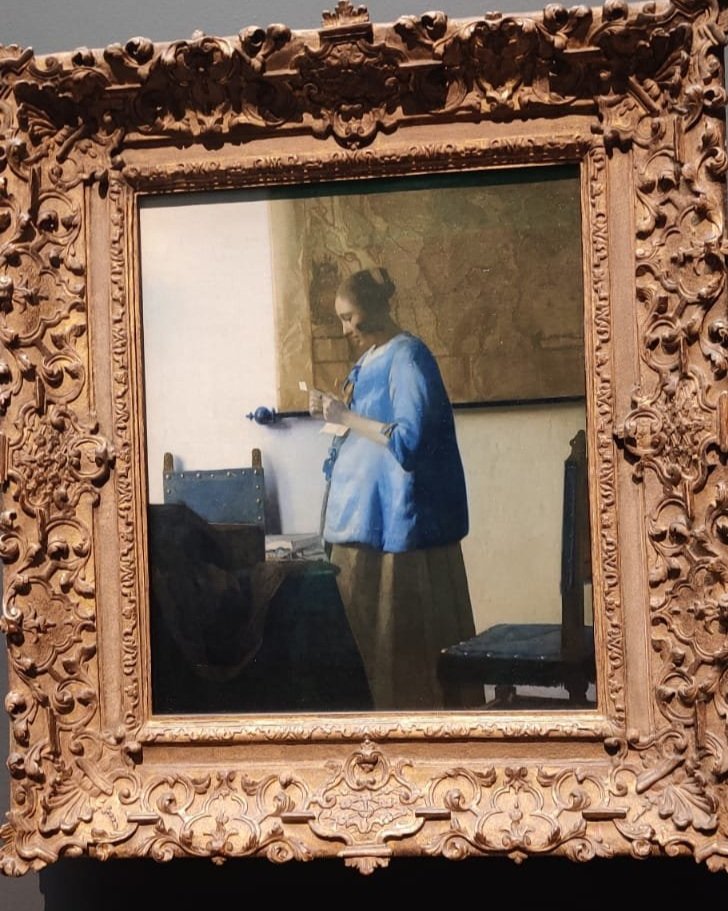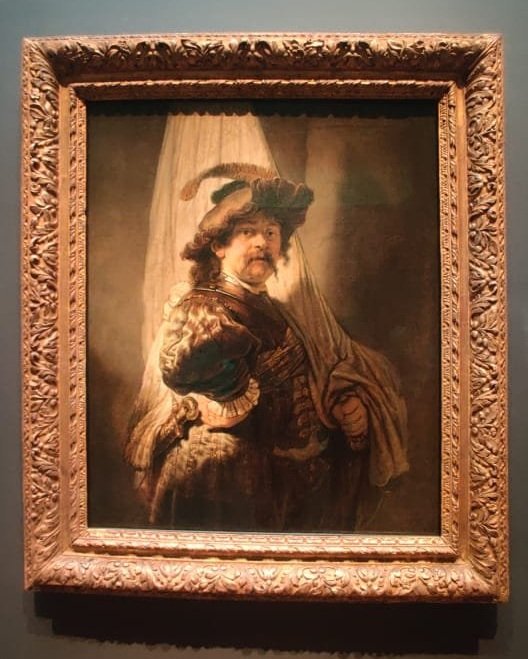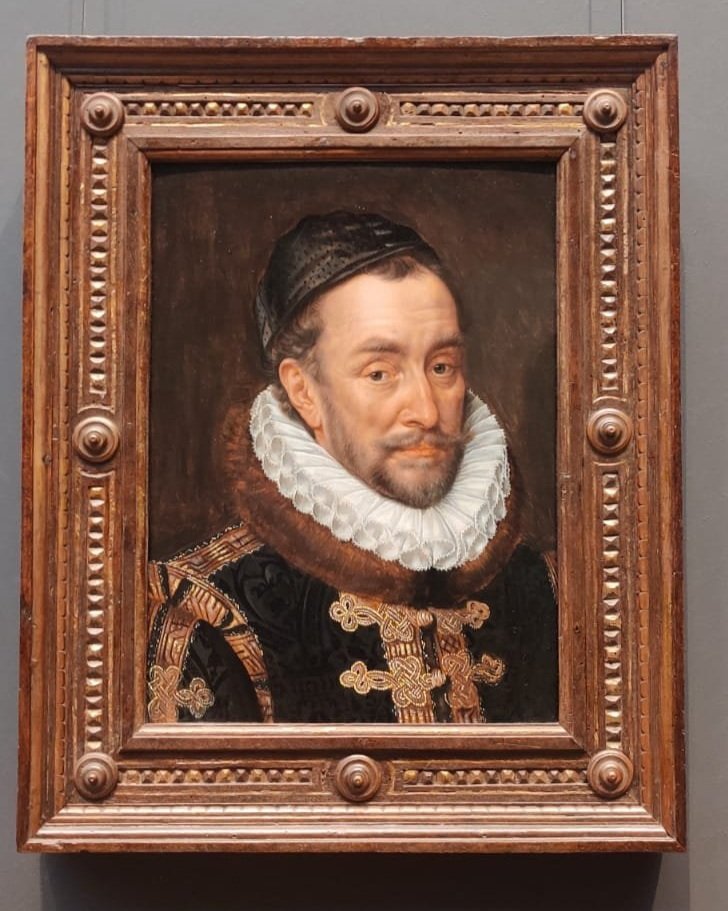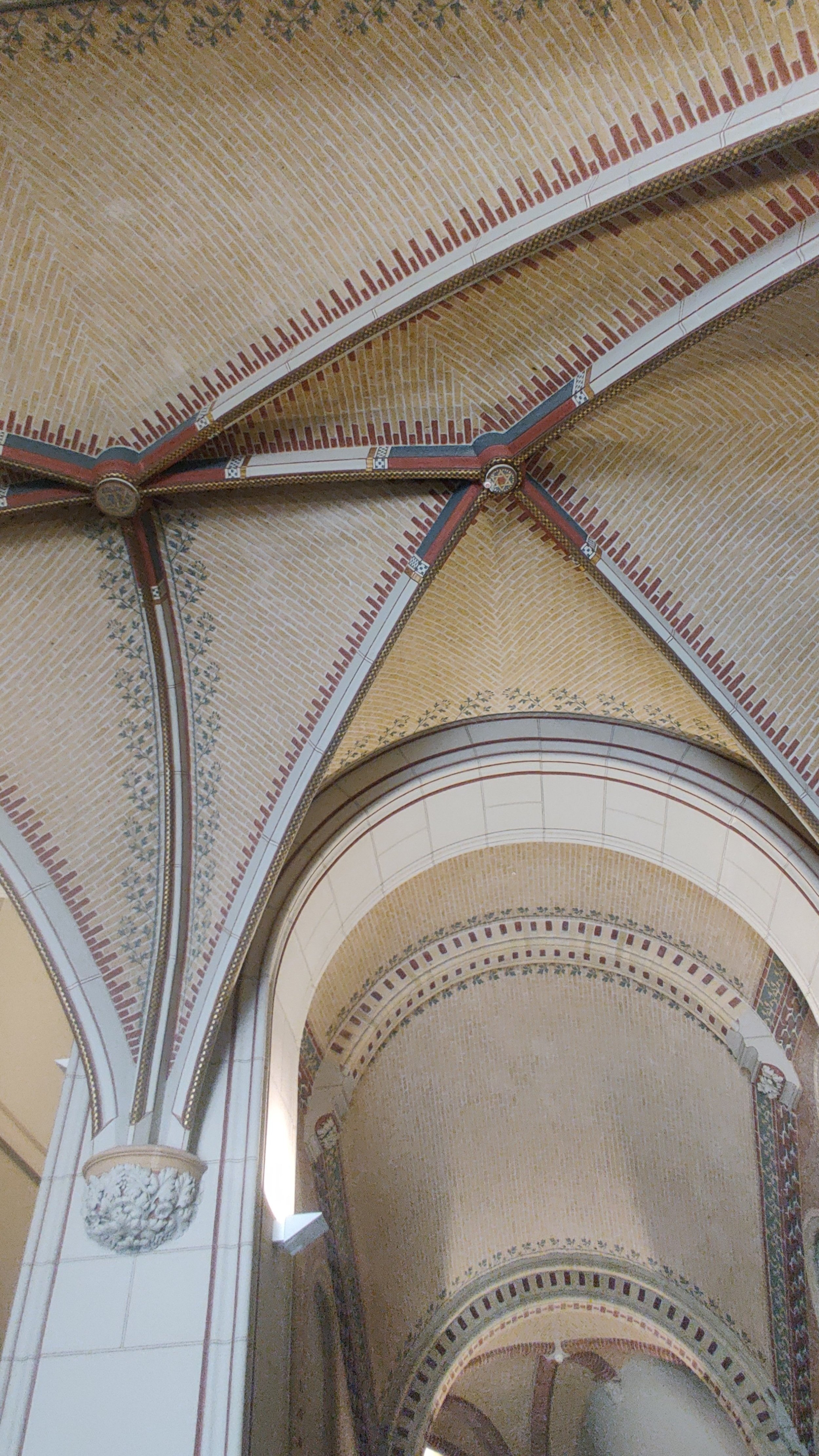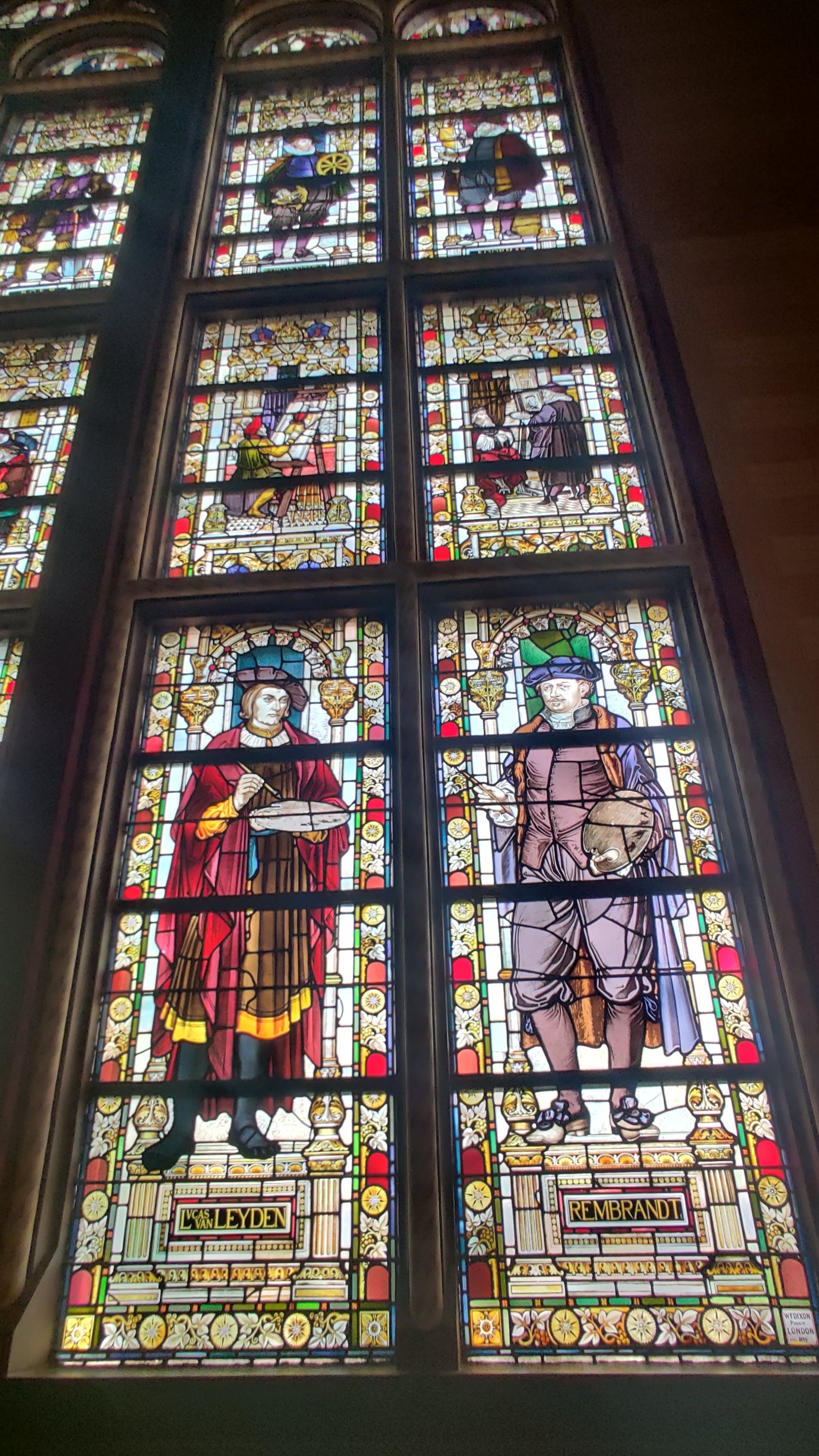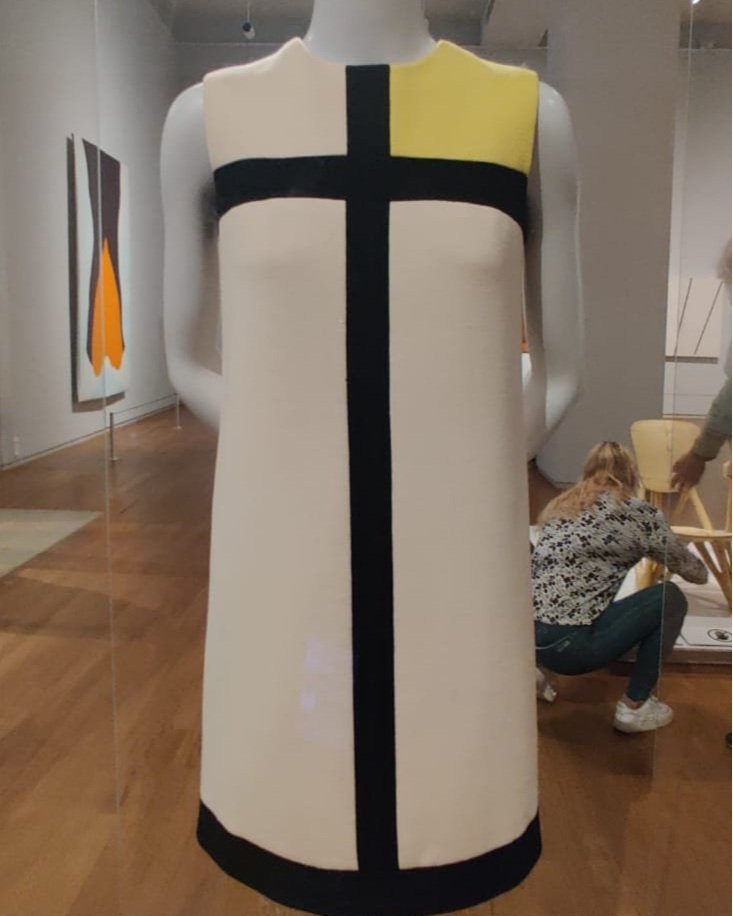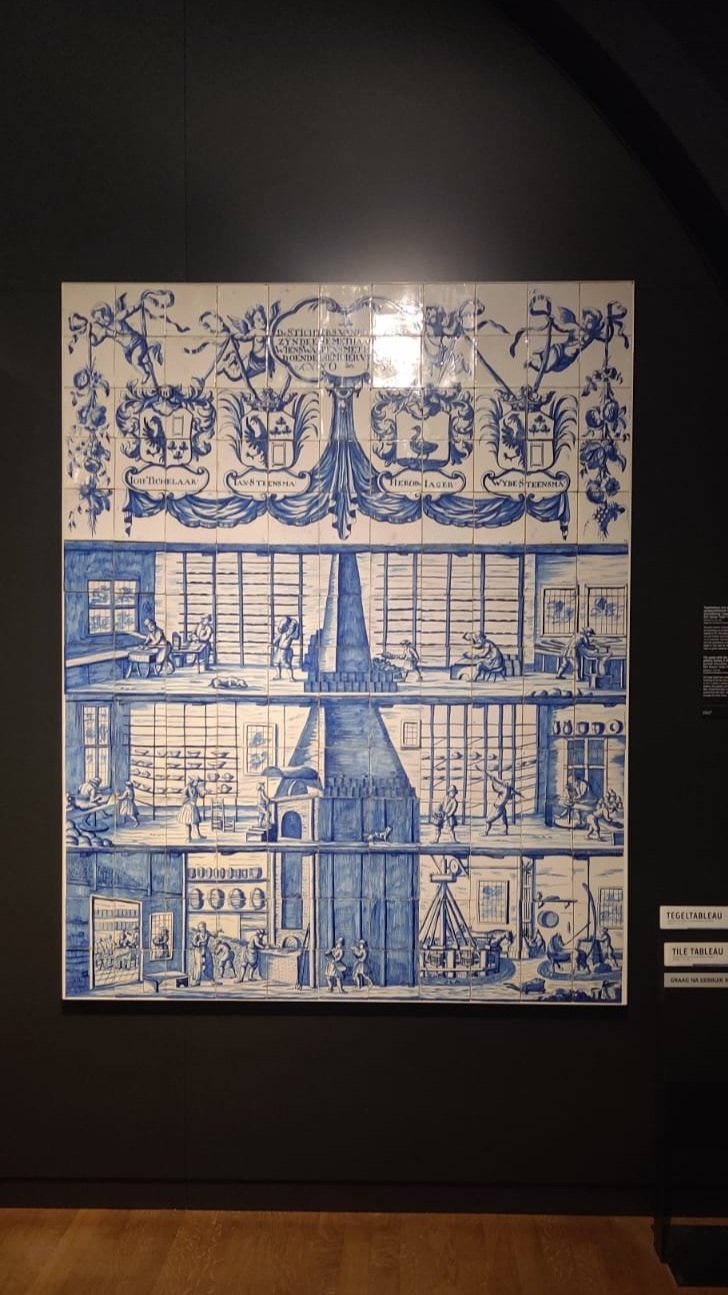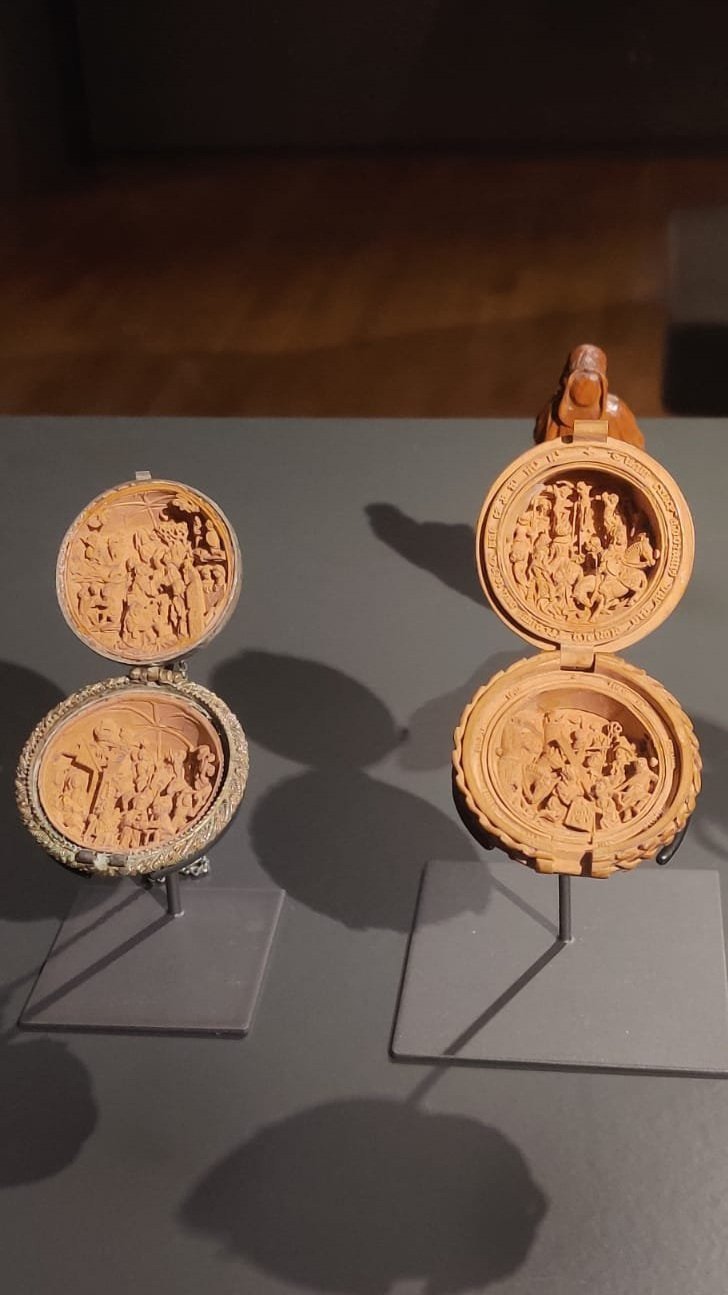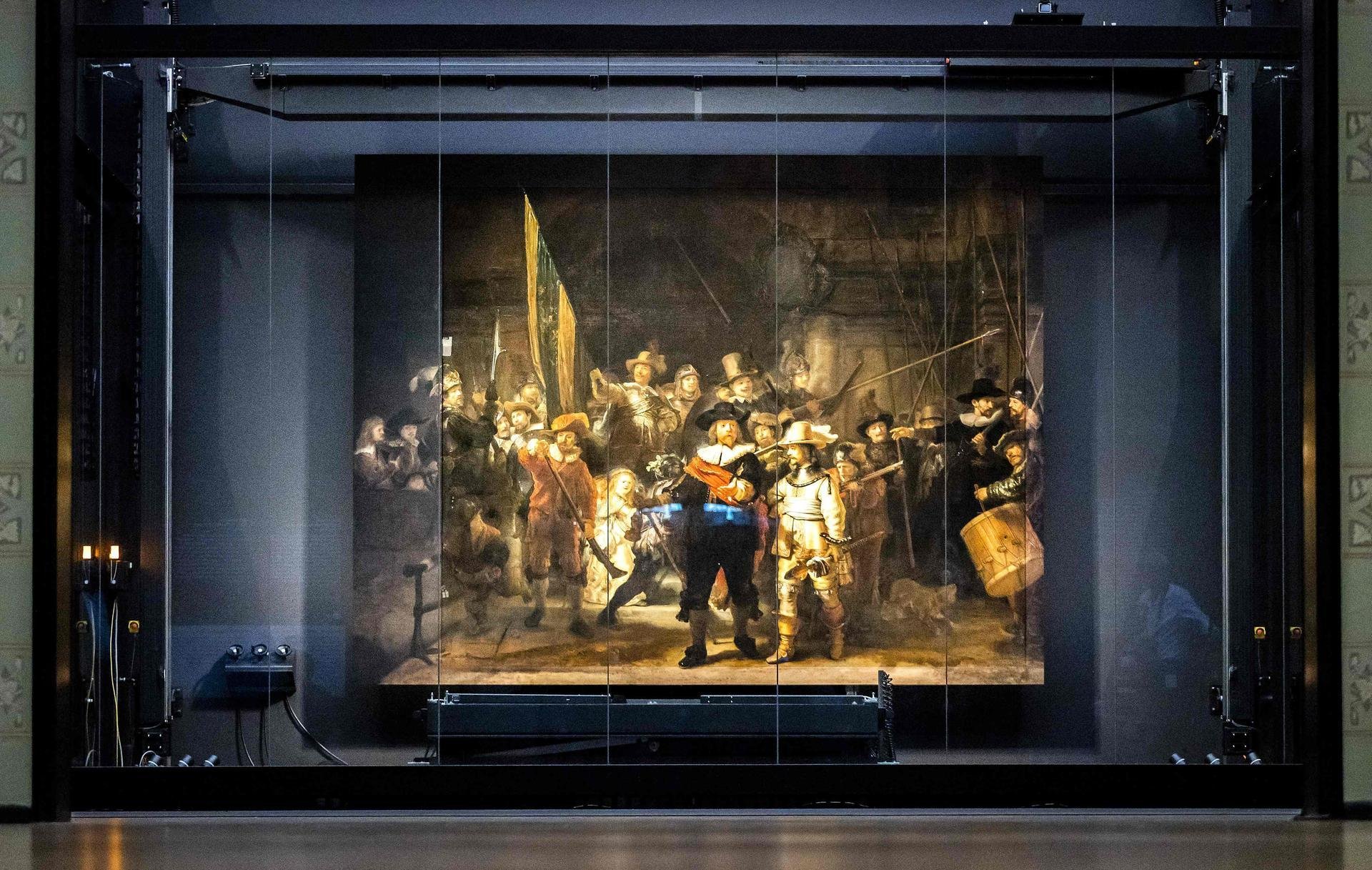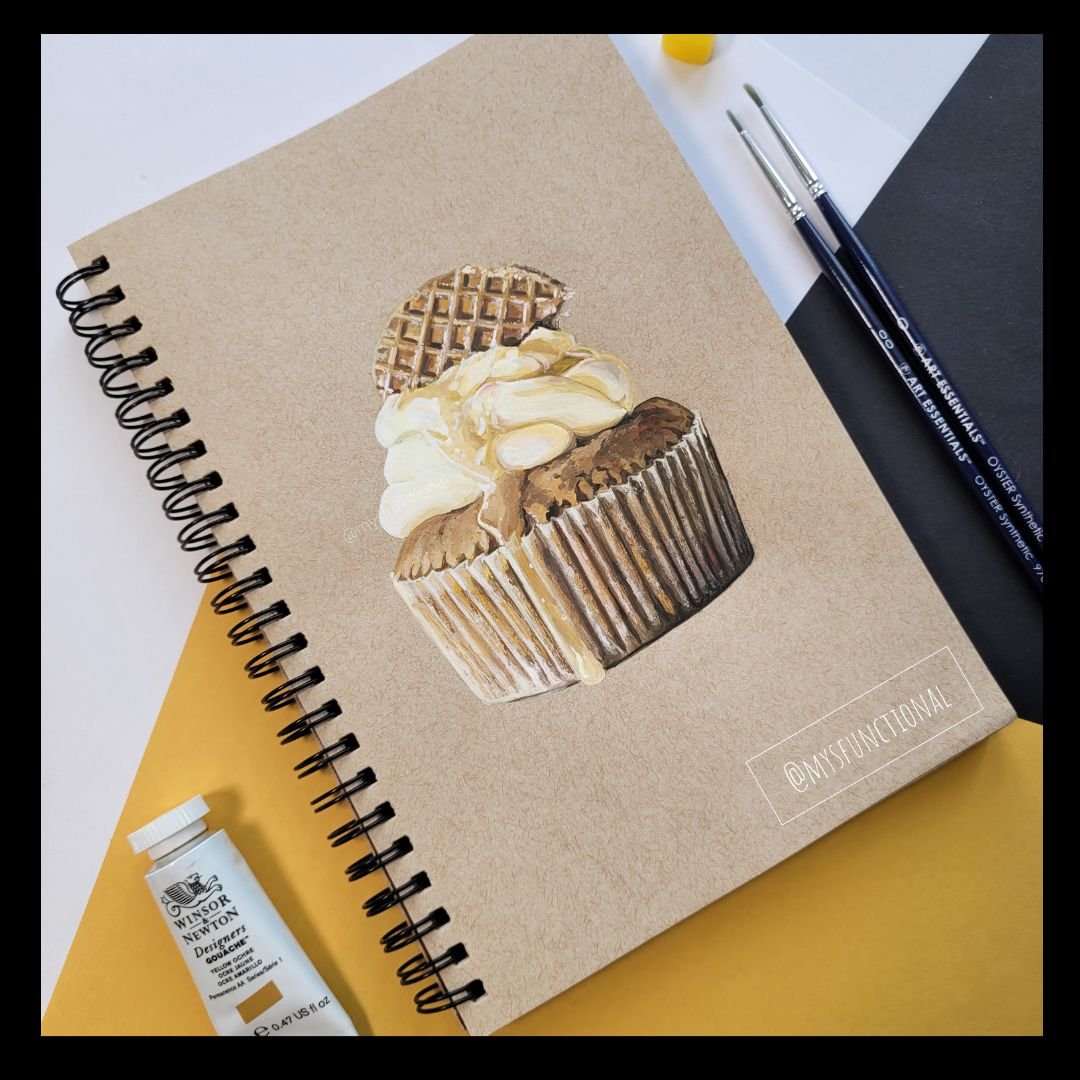If you have ever walked into an art supply store, you know how overwhelming the ink aisle can be.
Inks have been part of human creativity for centuries, evolving from ancient scripts to modern art forms. Today, they are used by artists across the world for painting, drawing, lettering, and mixed media experiments. If you are new to the world of inks, this guide will help you understand what they are, how they are used, and which brands to start with.
A Brief History of Inks
The earliest inks date back to ancient Egypt and China, where natural pigments from plants and minerals were mixed with water and binders to create writing mediums. Over time, the invention of synthetic pigments in the 19th century transformed inks, making them brighter, more durable, and suitable for art as well as printing. Today, inks come in many forms, each designed for specific artistic techniques.
What is Ink?
Ink is a liquid medium containing pigments or dyes that can be applied with brushes, pens, or directly onto surfaces. Depending on the formula, inks can be permanent or water-soluble, opaque or translucent, glossy or matte.
Types of Inks for Artists
1. Acrylic Inks
Acrylic inks are pigment-based, water-resistant when dry, and offer bright, opaque colors. They are perfect for illustrations, mixed media, and calligraphy work.
Recommended brands: Manuscript, Speedball, Liquitex for its smooth flow and intense colors.
2. Alcohol Inks
Alcohol inks dry quickly and work best on non-porous surfaces like glass, ceramic, and metal. They create stunning marbled effects and abstract patterns, making them popular for fluid art.
Recommended brands: Marabu and Jacquard Acid-Free Alcohol Inks for beginners and professionals alike.
3. Watercolour Inks
These inks mimic the softness of traditional watercolours but come in ready-to-use liquid form. They blend easily and are great for washes, backgrounds, and illustration work.
Recommended brands: Pebeo Colorex, Dr. PH Martin, and Marabu Aqua ink for vibrant tones and excellent layering.
4. Drawing Inks
Drawing inks are ideal for detailed line work, pen sketches, and illustrations. They come in waterproof and non-waterproof variants depending on your technique.
Recommended brands: Winsor & Newton, Dr. PH Martin, Manuscript, Pebeo China Ink for reliable performance and precision.
5. Calligraphy Inks
Designed for lettering, calligraphy inks provide smooth consistency and rich colors for dip pens and brushes. Some even come in metallic and shimmering finishes for decorative work.
Recommended brands: Winsor & Newton, Dr. PH Martin, and Manuscript for flawless lettering results.
Choosing the right ink depends on the style of art you want to create. Beginners often start with watercolour or acrylic inks before experimenting with alcohol or drawing inks. Calligraphy inks open up another world for lettering artists.
6. Fountain Pen Inks
Fountain pen inks are water-based and designed specifically for fountain pens, offering smooth flow and minimal clogging. They come in a range of colors, from classic blues and blacks to bright modern shades, making them ideal for writing and sketching.
Recommended brands: Dr. PH. Martin and Speedball Fountain Pen ink cartridges for quality and consistency.
7. Metallic/Iridescent Inks
Metallic inks add shimmer and brilliance to lettering, illustrations, and decorative art. They are available in gold, silver, bronze, and pearl tones, bringing a touch of luxury to any artwork.
Recommended brands: Dr. PH Martin and Finetec for radiant finishes and easy application.
8. Printmaking Inks
Printmaking inks are specially formulated for techniques like block printing, etching, and screen printing. They have the right viscosity to transfer designs cleanly onto paper or fabric while retaining fine details.
Recommended brands: Marabu Lino printing ink, Jacquard screen printing ink and Speedball block printing ink for quality printmaking inks with strong pigmentation and smooth application.
At Art Lounge, you will find all the brands mentioned above so you can start experimenting with confidence.
Still feeling a bit lost on where to begin? We have exclusive ink sets that make it easy to start your creative journey. Perfect for experimenting and discovering your favorite mediums. Explore here








